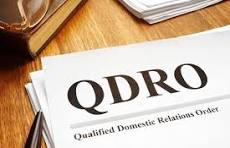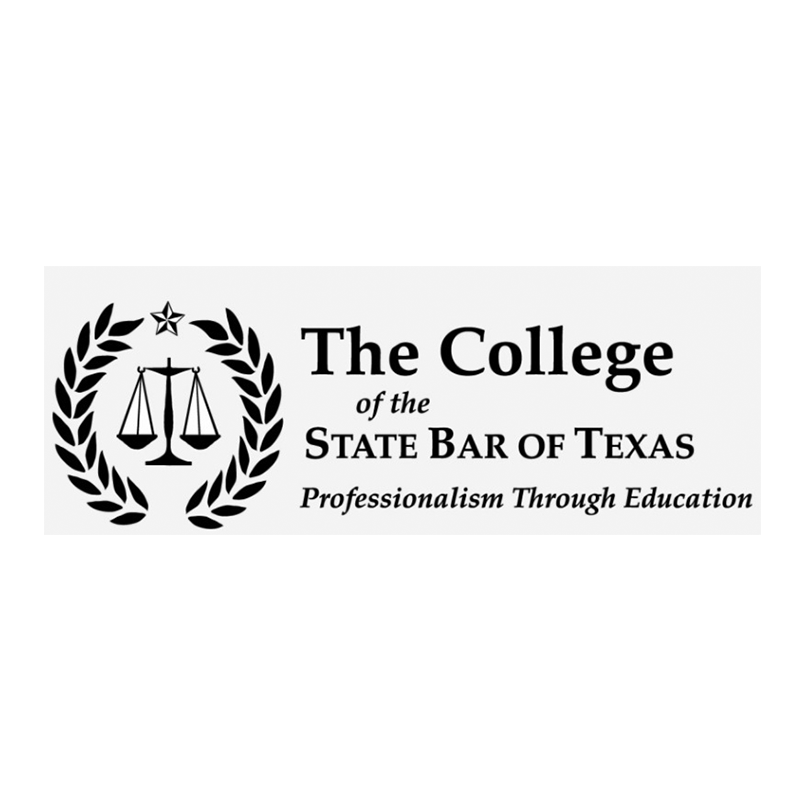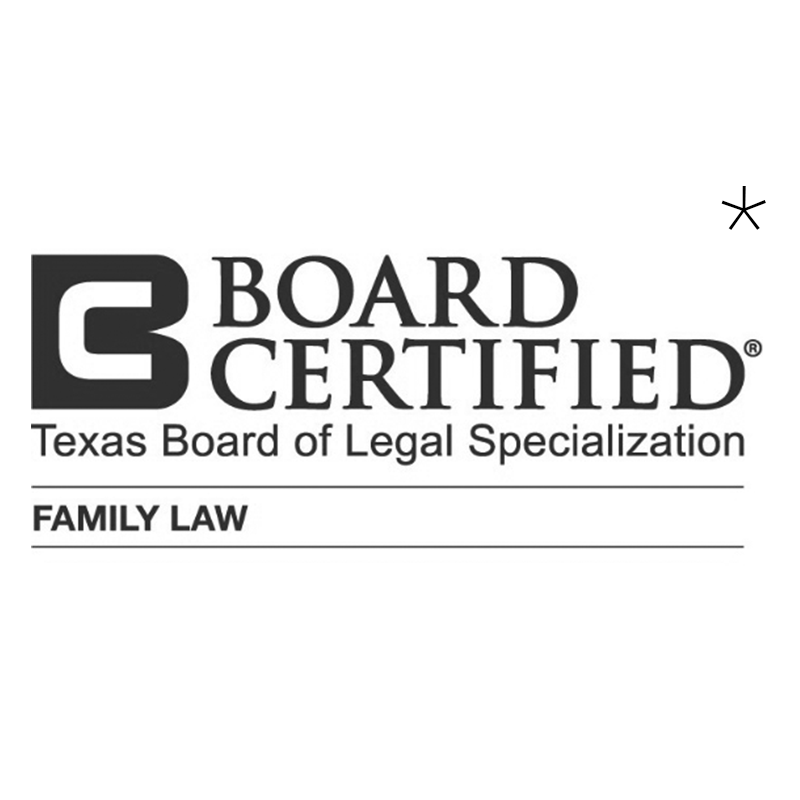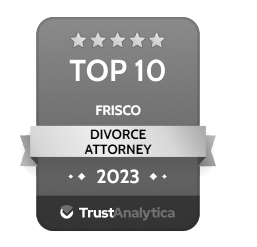A Qualified Domestic Relations Order (QDRO) is a crucial legal document in Texas divorce cases, particularly when it comes to dividing retirement assets. If you’re going through a divorce in Texas and either you or your spouse have retirement accounts, it’s essential to understand what a QDRO is and how it works.
What is a QDRO?
A QDRO is a legal order that follows a divorce, which splits and changes the ownership of a retirement plan to give the divorced spouse their share of the asset. In Texas, the Employees Retirement System (ERS) must receive a photocopy of the divorce decree and the original certified copy of the QDRO for review and approval.
How Does a QDRO Work in Texas?
The ex-spouse (also called the alternate payee) typically receives their share of the benefits when:
- The account holder retires;
- The account holder leaves their state job and withdraws funds;
- The account holder passes away; or
- Other legally mandated distributions occur
It’s important to note that state employees can’t withdraw or “cash out” retirement contributions while still employed by the state, which means an alternate payee can’t either.
Benefits of a QDRO
One significant advantage of a QDRO is that it allows for early withdrawals from a 401(k) or other qualified retirement plans without incurring a penalty. If the plan allows it, an alternate payee can receive a lump sum or payments before they reach age 59.5 without facing a 10% IRS penalty.
What Should a QDRO Include?
A QDRO must contain specific information to be approved by a judge or retirement plan administrator:
- Names and addresses of both parties;
- The amount or percentage to be distributed to the alternate payee;
- Relevant payment details, such as amount, form, and frequency of payments.
Post-Divorce QDROs
In some cases, a QDRO may be issued after the divorce is finalized. This is known as a post-judgment QDRO. In Texas, there is no set timeframe mandated by law for filing a QDRO after a divorce. However, it’s generally recommended to start the process once the divorce is settled.
Seeking Professional Help
QDROs are complex legal documents that require precision and expertise. While it’s possible to draft a QDRO yourself, it’s highly recommended to seek the assistance of a legal professional. Understanding QDROs is crucial for ensuring a fair division of retirement assets during a Texas divorce. By familiarizing yourself with this important legal tool, you can better protect your financial interests and secure your future post-divorce. The attorneys at Grinke Stewart Family Law are here to help you. Contact us at (469) 598-2001.

















